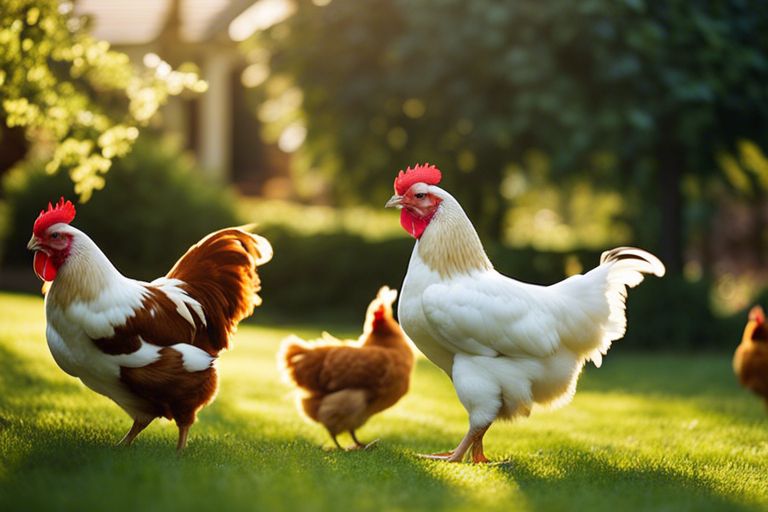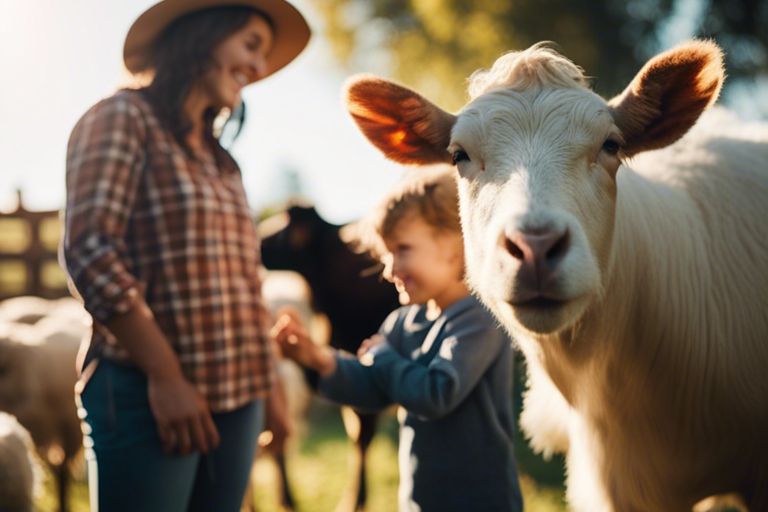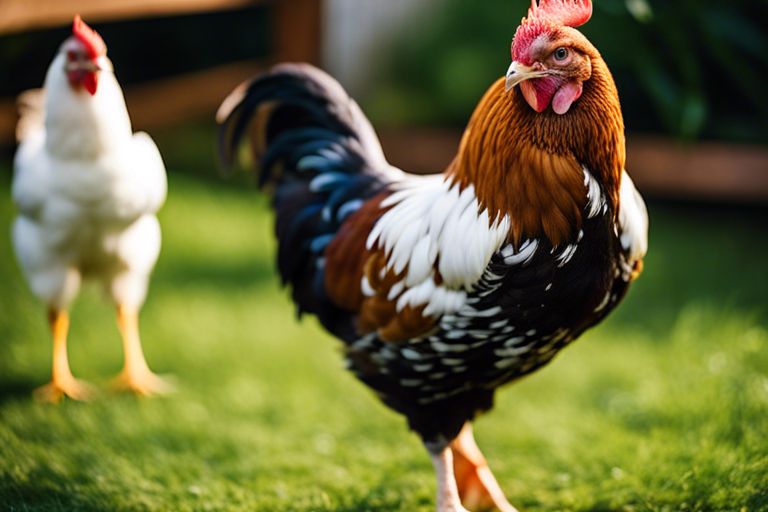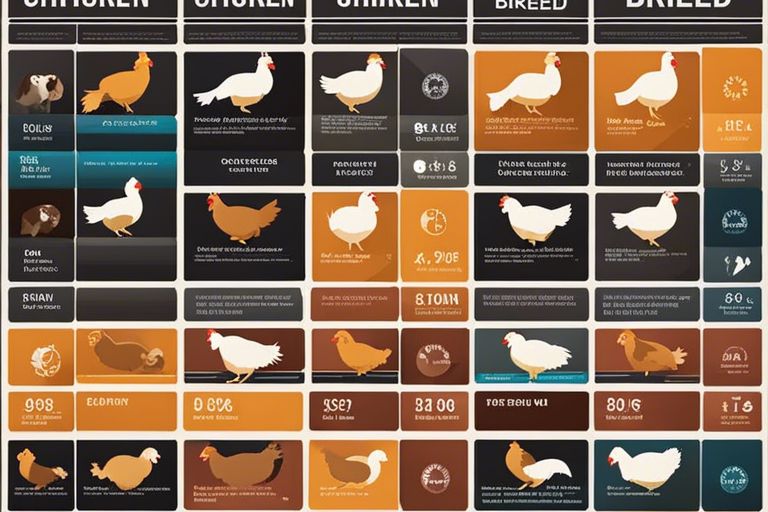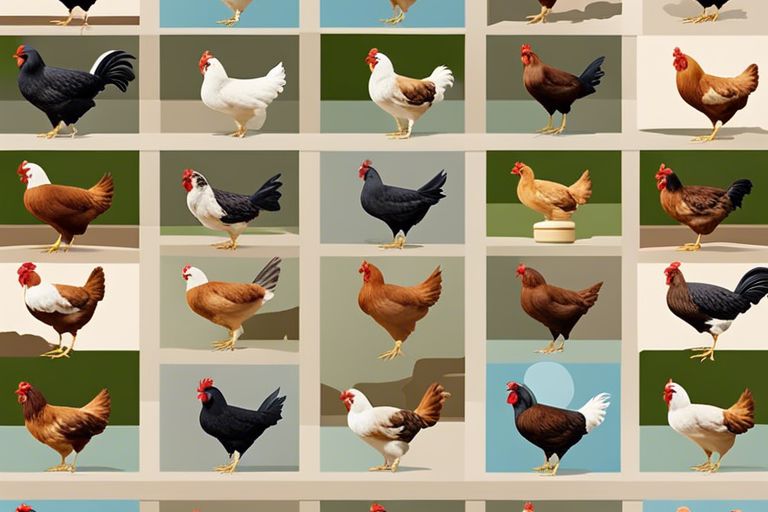There’s a rising interest in free-range chicken breeds as people become more conscious about where their food comes from. These breeds are known for their ability to roam freely, resulting in healthier and happier chickens. In this informative guide, we will investigate into the world of free-range chicken breeds, including their characteristics, benefits, and popular breeds to consider for your own backyard flock. Whether you’re a seasoned poultry enthusiast or just starting out, understanding the different breeds of free-range chickens will help you make informed decisions when adding them to your homestead.
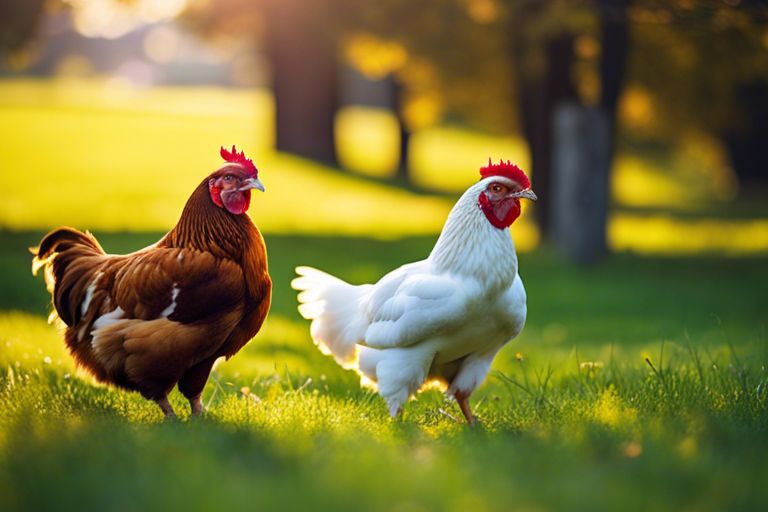
History and Evolution of Free-Range Chicken Breeding
Original Free-Range Breeds
To understand the history of free-range chicken breeding, we must look back to the original breeds that roamed freely in their natural habitats. These breeds were known for their hardiness, adaptability to foraging, and ability to thrive without intensive human intervention. Examples of original free-range breeds include the Old English Game, the Leghorn, and the Rhode Island Red.
Modern Developments in Free-Range Breeding
For modern developments in free-range breeding, breeders have focused on enhancing traits that are beneficial for free-range environments. This includes selecting for breeds that are good foragers, have strong immune systems, and are able to withstand changes in weather conditions. Additionally, there is a growing interest in preserving heritage breeds and promoting genetic diversity within free-range chicken populations.
Free-range chicken breeding has come a long way from its origins. Today, breeders are utilizing advanced genetic techniques to develop breeds that are not only well-suited for free-range environments but also meet consumer demands for quality meat and eggs. By incorporating scientific knowledge with traditional breeding practices, the future of free-range chicken breeding looks promising.
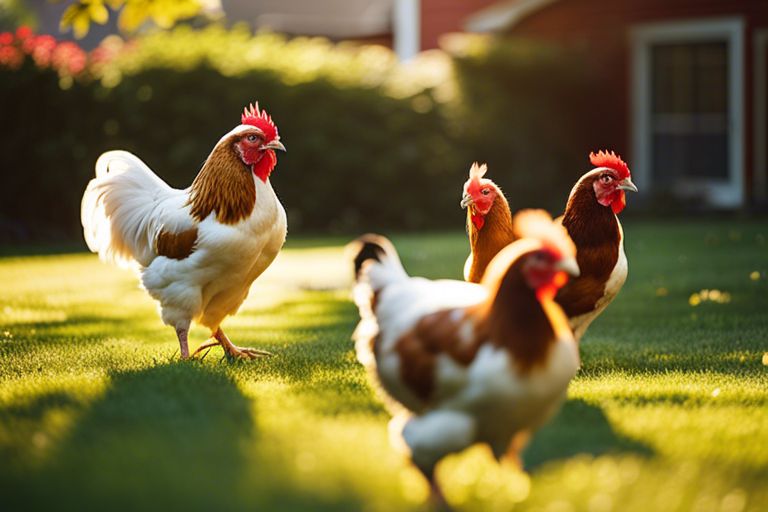
Characteristics of Free-Range Chicken Breeds
Physical Traits
You might notice that free-range chicken breeds often have a more robust build compared to their factory-farmed counterparts. Their muscular legs are developed from foraging and roaming freely, resulting in a leaner and firmer meat quality. Additionally, these chickens tend to have a vibrant and varied plumage, reflecting the diversity of their natural environment.
Behavioral Traits
An important aspect of free-range chicken breeds is their behavior. These chickens exhibit natural instincts such as scratching the ground for food, dust bathing, and exploring their surroundings. They are more active and sociable, forming distinct pecking orders within their flock. Breeders often select breeds that are known for their adaptability and intelligence, traits that are well-suited for thriving in a free-range environment.
Popular Free-Range Chicken Breeds
Layer Breeds for Egg Production
Keep in mind that when selecting free-range chicken breeds for egg production, certain factors like temperament, egg size, and frequency of laying should be taken into consideration. Some popular choices include Rhode Island Red, Barred Plymouth Rock, and Leghorn. These breeds are known for their adaptability to free-range environments and consistent egg production.
Broiler Breeds for Meat Production
An crucial consideration when choosing free-range chicken breeds for meat production is the growth rate and quality of the meat. Some popular broiler breeds that thrive in free-range systems include Cornish Cross, Freedom Ranger, and Red Ranger. These breeds are known for their efficient feed conversion rates and delicious meat quality.
This section provides a brief overview of the various chicken breeds suitable for free-range farming. Whether you are looking to raise chickens for eggs or meat, selecting the right breed is crucial for the success of your free-range poultry operation.
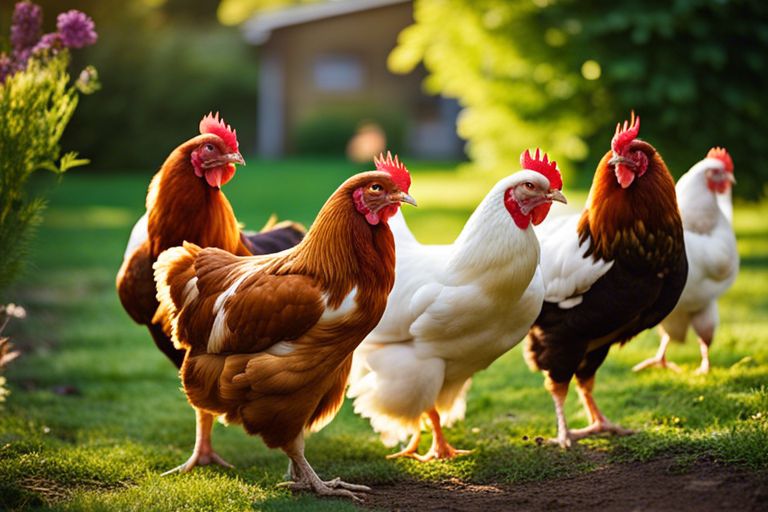
Raising Free-Range Chickens
Best Practices for Housing and Management
Raising free-range chickens requires careful planning when it comes to housing and management. Providing adequate space for the chickens to roam freely is crucial for their overall health and well-being. A well-ventilated coop with nesting boxes and roosting perches is important for shelter and protection, especially at night. Regular cleaning and maintenance of the coop are necessary to prevent disease outbreaks and ensure a clean living environment for the chickens.
Health and Nutrition for Optimal Growth
Free-range chickens benefit from a diet that includes a balance of grains, vegetables, and insects that they can forage for outdoors. Supplementing their diet with calcium and grit will help support their egg production and digestion. It’s important to provide fresh, clean water at all times to prevent dehydration and maintain overall health.
Understanding the nutritional needs of free-range chickens is important for optimal growth and productivity. Their diet should include a mix of protein, carbohydrates, vitamins, and minerals to support their natural foraging behaviors and ensure they are getting all the nutrients they need to thrive.
Final Words
To wrap up, understanding the different free-range chicken breeds is vital for anyone looking to start their own flock. Each breed has unique characteristics that can cater to different needs, whether it’s for meat, eggs, or dual-purpose. By choosing the right breed for your specific goals and environment, you can ensure the health and productivity of your free-range chickens. Remember to provide ample space, nutritious feed, and proper care to allow these breeds to thrive and contribute to your sustainable farming practices. With the knowledge gained from this guide, you are well-equipped to make informed decisions and successfully raise free-range chickens for your homestead or small farm.
FAQ
Q: What are free-range chicken breeds?
A: Free-range chicken breeds are poultry breeds that are raised in an open environment where they have access to outdoor spaces to roam and forage naturally.
Q: Why choose free-range chicken breeds over regular breeds?
A: Free-range chicken breeds are known to have a higher quality of life compared to chickens raised in confinement. They have the freedom to move around, engage in natural behaviors, and have a more varied diet, resulting in better-tasting and healthier eggs and meat.
Q: What are some popular free-range chicken breeds?
A: Some popular free-range chicken breeds include Rhode Island Red, Plymouth Rock, Sussex, Orpington, and Wyandotte.
Q: How much space do free-range chicken breeds need?
A: Free-range chicken breeds require a minimum of 4 square feet per bird of outdoor space. However, the more space they have to roam, the better their overall health and well-being.
Q: What kind of diet is suitable for free-range chicken breeds?
A: Free-range chicken breeds thrive on a diet that consists of a combination of grains, seeds, fruits, vegetables, and insects. It is important to provide them with a balanced diet to ensure they are healthy and productive.
Q: How do you care for free-range chicken breeds?
A: To care for free-range chicken breeds, make sure they have access to clean water, shelter, and a secure outdoor area. Monitor their health regularly, provide them with proper nutrition, and protect them from predators.
Q: Are there any challenges in raising free-range chicken breeds?
A: Some challenges in raising free-range chicken breeds include protecting them from predators, ensuring they have enough space to roam, and providing adequate shelter and nutrition. However, with proper planning and care, these challenges can be overcome for a successful free-range chicken operation.
